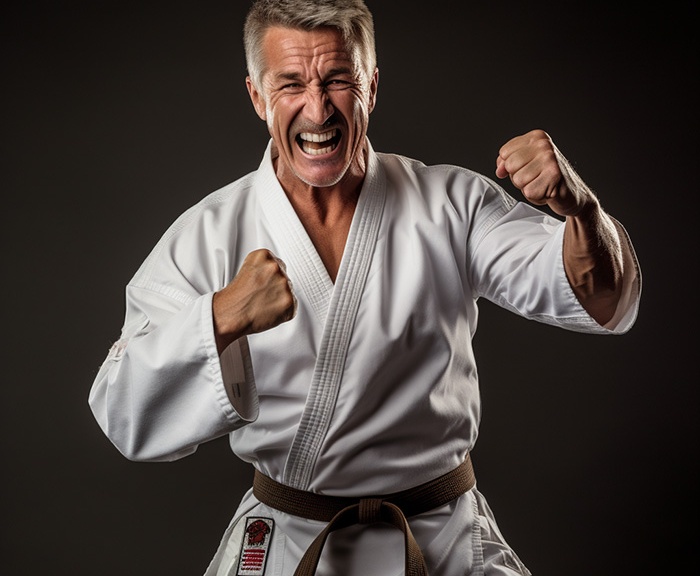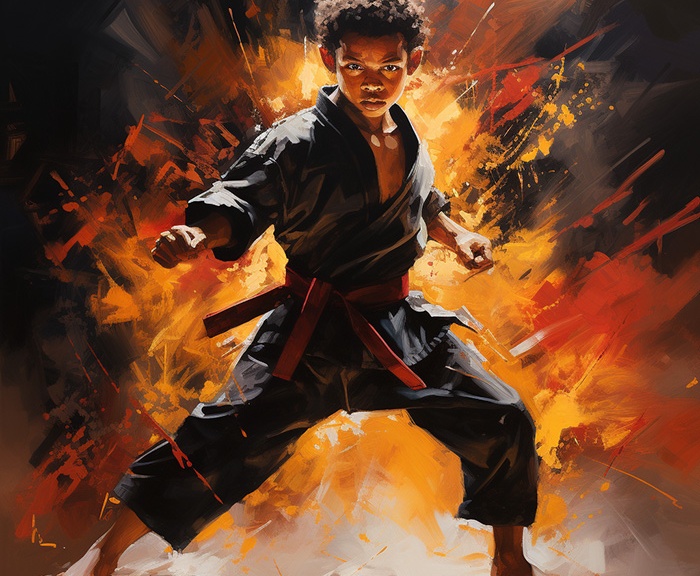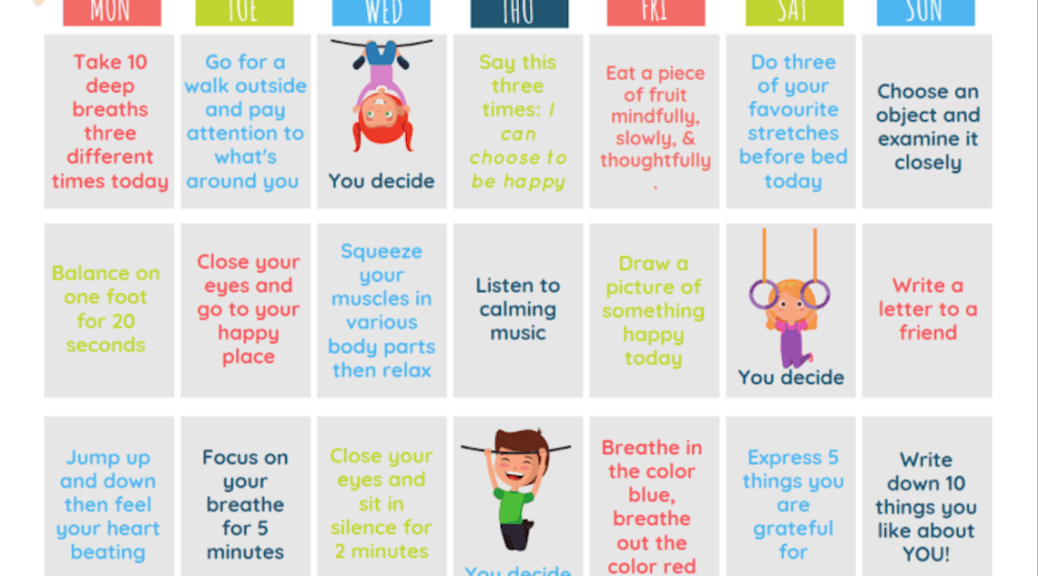Self-Defense For Teenagers

Did you know that according to the National Crime Victimization Survey, teens aged 12-18 are more likely to be victims of violent crime than any other age group?
As a parent or guardian, this statistic can be troubling. You’re probably wondering what you can do to help ensure your teen’s safety.
One viable solution you may not have considered is enrolling your teen in self-defense classes. Such classes don’t just provide physical training, they offer a range of benefits that extend far beyond the ability to fend off an attacker.
Wondering what those benefits might be? Let’s dive in and explore.
Building Physical Strength and Flexibility
In self-defense classes, you’ll learn to protect yourself, build your physical strength, and increase flexibility, which is essential for enhancing your overall fitness and agility. These classes aren’t just about throwing punches and kicks; they’re about conditioning your body to react quickly and effectively in various situations.
You’ll engage in exercises that target your core, arms, and legs, promoting muscle growth and endurance. You’ll also work on balance and coordination, which are crucial for executing defensive moves accurately. Each class is a full-body workout that challenges you, pushing your limits and helping you understand your body’s capabilities and how to use them.
But it’s not just about the physical benefits. By participating in self-defense classes, you’re fostering personal growth. You’re learning discipline, building confidence, and cultivating a sense of empowerment. You’re not just serving yourself; you’re making yourself a stronger, more capable individual ready to stand up for others.
Enhancing Mental Resilience
Beyond the physical prowess, self-defense classes remarkably fortify your mental resilience, a crucial asset often overlooked in traditional workouts. They focus not just on the body but also on the mind, boosting your mental toughness and emotional strength.
As you defend yourself, you’re also learning to stand your ground, remain calm, and think clearly under pressure. You’re training your mind to respond effectively to stress and fear. This ability to handle high-pressure situations is a life skill that extends far beyond the dojo. It equips you to navigate life’s challenges with a clear head and a steady heart.
In addition, self-defense classes can boost your confidence and self-esteem. As you master new techniques, you also master self-control, discipline, and focus. You’re learning that you can push past your limits and overcome obstacles. You’re not just building a stronger body but a stronger mind.
Developing Personal Safety Skills
While honing your mental resilience is key, developing personal safety skills through self-defense classes is equally important. This practice empowers you with the physical tools and techniques necessary to defend yourself. It’s not about becoming a martial arts expert but understanding and effectively using your body’s’s capabilities.
Self-defense classes teach you how to react quickly and assertively. They train you to think on your feet, to recognize danger signs, and to respond appropriately. You’ll learn practical strategies for escaping potentially dangerous situations. You’ll also master techniques for personal protection, such as blocking attacks, breaking holds, and striking effectively.
Moreover, these classes imbue you with a heightened sense of awareness. You’ll become more alert to your surroundings and better anticipate potential threats. This level of vigilance can deter possible attackers, further enhancing your safety.
Developing these skills not only benefits you personally but also contributes to the safety of your community. Being prepared and able to defend yourself makes you less likely to become a victim. This, in turn, reduces the overall crime rate, making for a safer environment for everyone.
Boosting Self-Esteem and Confidence
Have you ever considered the profound impact of self-defense classes on your self-esteem and confidence? To be precise, these classes don’t just teach you how to protect yourself physically, they also empower you mentally.
Self-defense training isn’t solely about building strength and learning combat techniques; it’s about fostering a sense of self-assurance and resilience. As you master new skills, you’ll feel a powerful surge of accomplishment. This feeling of achievement can significantly boost your self-esteem.
Moreover, self-defense classes put you in challenging scenarios, pushing you to step out of your comfort zone. This can be an incredible confidence booster. You’ll learn that you’re capable of far more than you ever imagined, and this realization can transform your perspective on life.
Fostering Discipline and Respect
Not only do self-defense classes amp up your confidence, they’re also a remarkable tool for instilling discipline and fostering respect. Self-defense isn’t about fighting; it’s about control. It’s about learning to control your body, actions, and reactions. You’ll be expected to follow the rules, listen to instructions, and respect your instructor and classmates in every class. This structure and hierarchy foster discipline.
Discipline isn’t just about following rules, though. It’s about learning to control your impulses, think before acting, and make good decisions even in stressful situations. It’s a skill that will serve you well in all areas of your life.
Respect is another key component of self-defense classes. You’ll learn to respect not only your instructor and classmates but also your strengths and limitations. You’ll learn to respect the power of knowing how to defend yourself and use that power responsibly.
Self-defense classes are about more than just physical skills. They’re about developing character. The discipline and respect you’ll learn in these classes will make you a better person and a more responsible community member.
Conclusion
So, why should you, as a teen, take self-defense classes?
They’re an excellent way to build physical strength and enhance your mental resilience.
You’ll develop crucial personal safety skills, boost self-esteem, and foster discipline and respect.
It’s not just about learning to protect yourself physically but also about empowering yourself mentally.
So don’t wait, take the leap, and equip yourself with a skill set to serve you throughout your life.







